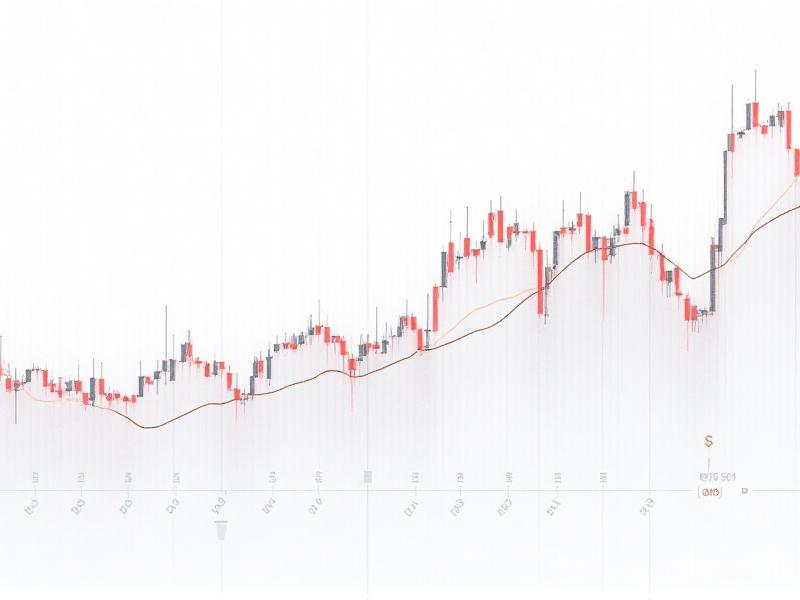
How to Use Blockchain for Identity Verification

Discovering the Charm of Deià: A Travel Guide to Mallorca’s Hidden Gem

How to Use Futures Contracts for Hedging

How to Use Options for Income Generation
The Future of Peer-to-Peer Insurance
Apr 24, 2025 By Juliana Daniel
The Evolution of Peer-to-Peer Insurance
Peer-to-peer (P2P) insurance is not a new concept, but its evolution has been shaped by technological advancements and changing consumer expectations. Traditional insurance models often involve a central authority that pools premiums and manages claims. P2P insurance, on the other hand, leverages the power of community, allowing individuals to pool their resources and share risks directly. This model has its roots in mutual aid societies, where members would contribute to a common fund to support each other in times of need.
In recent years, the rise of digital platforms has breathed new life into P2P insurance. Blockchain technology, for instance, has enabled the creation of decentralized insurance platforms where trust is established through smart contracts rather than intermediaries. This not only reduces administrative costs but also enhances transparency and fairness in claims processing. As we look to the future, P2P insurance is poised to become a significant player in the insurance industry, offering a more personalized and community-driven alternative to traditional models.
How Technology is Driving P2P Insurance
Technology is the backbone of the modern P2P insurance movement. The integration of blockchain, artificial intelligence (AI), and the Internet of Things (IoT) has transformed how P2P insurance operates. Blockchain, in particular, has been a game-changer. By using decentralized ledgers, P2P insurance platforms can ensure that all transactions are transparent and immutable. Smart contracts, which are self-executing contracts with the terms directly written into code, automate claims processing, reducing the need for intermediaries and minimizing the risk of fraud.
AI and machine learning algorithms are also playing a crucial role in risk assessment and pricing. These technologies analyze vast amounts of data to predict risks more accurately, allowing P2P insurance groups to set fairer premiums. IoT devices, such as smart home sensors and wearable health monitors, provide real-time data that can be used to offer personalized insurance policies. As these technologies continue to evolve, they will further enhance the efficiency and effectiveness of P2P insurance, making it an attractive option for consumers.
The Role of Community in P2P Insurance
At the heart of P2P insurance is the concept of community. Unlike traditional insurance, where policyholders are often anonymous to each other, P2P insurance fosters a sense of belonging and mutual responsibility. Members of a P2P insurance group are typically connected through shared interests, such as owning a similar type of property or belonging to a specific profession. This shared identity creates a strong incentive for members to act responsibly and minimize risks, as their actions directly impact the group.
Community-driven models also encourage transparency and trust. Members are more likely to be honest about their claims and supportive of each other in times of need. This collective approach not only reduces the likelihood of fraudulent claims but also creates a more empathetic and supportive environment. As P2P insurance continues to grow, the role of community will remain a defining feature, distinguishing it from traditional insurance models and making it a more appealing choice for those who value collaboration and mutual support.
Challenges and Opportunities in P2P Insurance
While P2P insurance offers numerous benefits, it also faces several challenges. One of the primary concerns is regulatory compliance. Insurance is a highly regulated industry, and P2P platforms must navigate complex legal frameworks to ensure they operate within the law. Additionally, the success of P2P insurance depends on the willingness of individuals to trust and collaborate with each other, which can be difficult to achieve on a large scale.
Despite these challenges, there are significant opportunities for growth. The increasing demand for personalized and transparent insurance solutions is driving interest in P2P models. Moreover, as technology continues to advance, P2P insurance platforms will become more sophisticated and capable of addressing the needs of a broader audience. By overcoming regulatory hurdles and building strong, trust-based communities, P2P insurance has the potential to revolutionize the industry and offer a more equitable and customer-centric alternative to traditional insurance.
The Future Landscape of P2P Insurance
The future of P2P insurance is bright, with the potential to disrupt the traditional insurance landscape. As consumers increasingly seek transparency, fairness, and community-driven solutions, P2P insurance is well-positioned to meet these demands. The integration of emerging technologies such as 5G, quantum computing, and advanced AI will further enhance the capabilities of P2P platforms, enabling real-time data processing and more accurate risk assessments.
In the coming years, we can expect to see a proliferation of P2P insurance models tailored to specific niches, such as gig economy workers, eco-conscious consumers, and digital nomads. These specialized models will offer highly personalized policies that cater to the unique needs of each group. Additionally, as P2P insurance gains mainstream acceptance, it will likely attract investment and partnerships from established insurance companies, further accelerating its growth. The future of P2P insurance is not just about technology; it's about creating a more inclusive, transparent, and community-oriented approach to managing risk.

The Pros and Cons of Digital Banking

The Financial Impact of Social Comparisons

The Role of Financial Planning in Career Transitions

How to Save Money on Home Appliances

The Role of AI in Financial Planning

Unforgettable Pilgrimages: Top Temples in Andhra Pradesh

How to Invest in ESG (Environmental, Social, Governance) Funds

How to Save Money on Home Energy Bills
Advertisement
